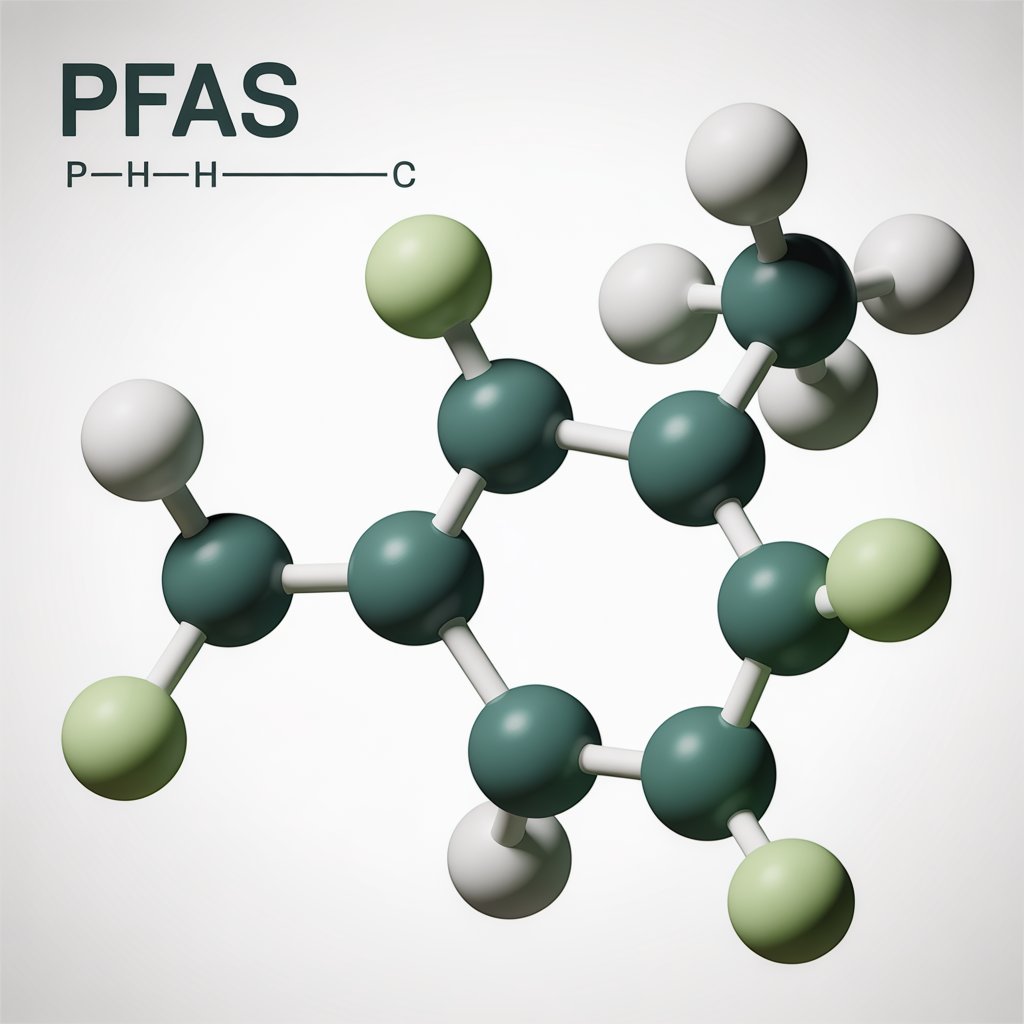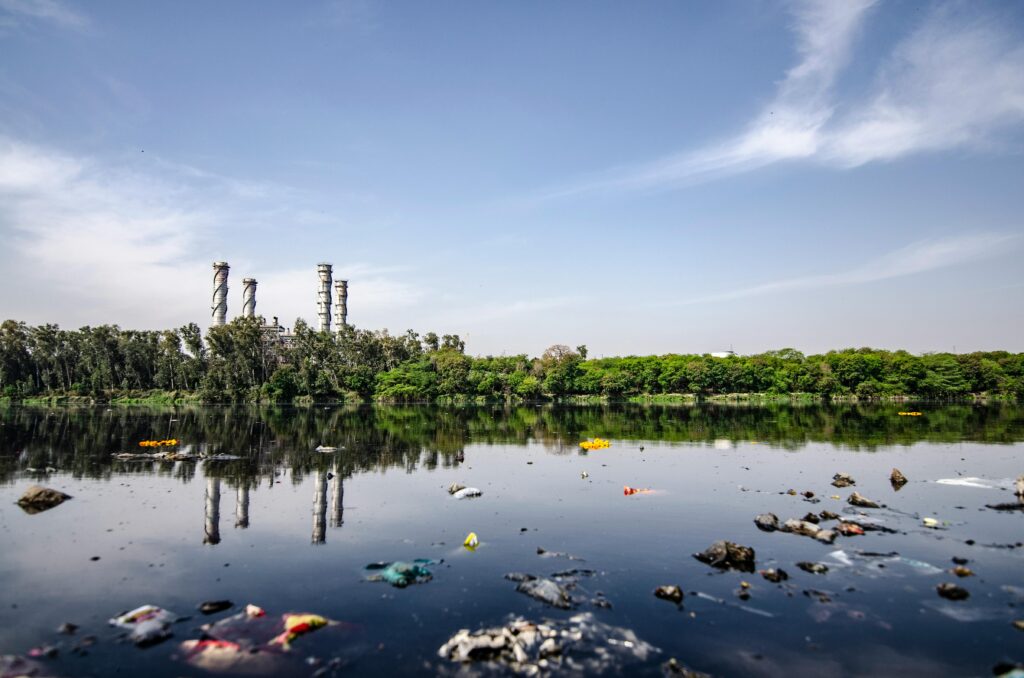
- Nick Water DR
- Published
- Updated October 27, 2025
- Water contaminants
The definition of ” wholesome water ” and why its important
We take a look at the language designed for policies and identify the “acceptable risks” included in the limits.
If you’ve ever assumed your tap water is safe because it’s “regulated”, it might surprise you to learn what wholesome water actually means under UK law. In the Water Supply Regulations, “wholesome” is the legal benchmark for drinking water — but it doesn’t mean pure, toxin-free, or risk-free. It simply means water that’s unlikely to harm your health, based on complex calculations of chemical limits, toxicology data, and policy compromises. Those limits balance science with practicality and cost — not the idea of zero risk or scientifically safe.
What ‘wholesome water’ really means and how those limits are set.
The Legal Definition: Regulation 4 and the Standard for “Wholesome” Water Under Regulation 4 of the UK Water Supply (Water Quality) Regulations, water is deemed wholesome if it:
Contains no organisms or substances that could pose a “danger to human health”
Meets specific chemical and microbiological standards
Looks, smells, and tastes acceptable
How is the phrase “Danger to Human Health” actually quantified and calculated?
In UK drinking water law, the phrase “danger to human health” is defined through toxicological risk assessment rather than direct evidence of harm. Each potential contaminant is evaluated using data from laboratory and epidemiological studies to identify the No-Observed-Adverse-Effect Level (NOAEL).
A NOAEL is the highest exposure level that produces no measurable harm in toxicology studies.
Regulators take that number and divide it by uncertainty factors to cover variability between animals and humans and between individuals.
That produces a Tolerable Daily Intake (TDI): the estimated amount you could consume daily over a lifetime with negligible risk.
Finally, they calculate the maximum concentration allowed in drinking water so that a person drinking 2 litres per day stays below that TDI.
However, every stage involves assumptions — about body weight, metabolism, health status, and exposure to other sources. If the original NOAEL is uncertain, the final number may look “safe” but still rest on weak foundations.
The ALARA Principle: When No Safe Threshold Exists
Some chemicals don’t have a true safe dose. Even minute exposures can have measurable biological effects. For these, regulators apply the ALARA principle: As Low As Reasonably Achievable.
This is therefore a policy-driven compromise, not a scientifically safe threshold. Instead of removing them completely, regulators set limits that correspond to an “acceptable” lifetime cancer risk of 1 in 100,000 people. That number is what they have decided is considered negligible, but obviously it’s not zero.
For example, there is no safe level of lead, especially for brain development in children.
Yet the UK’s legal limit remains 10 µg/L, because most networks can’t meet lower levels without replacing old lead pipes.
Also Disinfection By-Products (THMs & HAAs)
Chlorination prevents deadly pathogens, but it creates trihalomethanes (THMs) and haloacetic acids (HAAs), many of which are probable carcinogens.
Most limits are calculated one chemical at a time, assuming each acts independently. In reality, we ingest mixtures — metals, disinfection by-products, microplastics, and pharmaceutical residues — whose combined effects remain largely untested.
Only a handful of groups (like THMs and pesticides) have combined limits. Everything else is regulated individually — a simplification that many toxicologists now challenge.
How the Contaminant List Evolves
The UK’s standards are shaped by three main sources. World Health Organization Guidelines for Drinking-Water Quality, the EU Drinking Water Directive (still mirrored in UK law post-Brexit) and UK bodies such as the Drinking Water Inspectorate (DWI) and the Committee on Toxicity (COT)

New evidence leads to revisions every few years, so if stronger data show harm, limits tighten or contaminants are reclassified altogether. Examples of Recent Changes
Arsenic: Reduced from 50 µg/L to 10 µg/L after cancer risk evidence increased.
PFAS: 2024 UK guidance sets 100 ng/L (0.1 µg/L) total and 10 ng/L for any single PFAS compound.
Again — these aren’t “zero-risk” numbers. They represent what’s practical and politically acceptable, not necessarily what’s safe.
How Many Contaminants Have Real NOAELs?
Of roughly 55–60 regulated parameters, around 35–38 are based on defined NOAELs or TDIs.
Another 7–10 — including lead, bromate, PFAS, and certain organics — lack a true safe threshold and rely on ALARA or benchmark-dose models.
Microbiological standards have zero tolerance, and aesthetic ones rely on sensory judgement, not toxicology.
The definition of “Wholesome Water” & where the compromise lies.
The UK’s wholesome water standard guarantees compliance, not perfection. It’s a carefully balanced compromise — protecting public health while recognising infrastructure and, sadly, the cost limitations.
Here’s the reality “Safe” limits are policy-based, not purely scientific. Lead, PFAS, bromate, and arsenic have no genuine safe threshold and in fact “Negligible” cancer risk means one extra case per 100,000 people per contaminant and combined interactions are largely untested …
It is with all this in mind that we look to ensure the best available filtration products available to secure high quality drinking water solutions that last .


About the Author
Nick Smith | Founder | The Water Dr. & Cellthyhomes
Nick has dedicated years to studying building biology, healthy living environments, and the impact of environmental toxins on inflammation.
Whilst regulations for UK drinking water are slow to adapt, & influenced by conflicts of interest, Nick conduct comprehensive research on global regulations & scientific literature to offer water filtration solutions that provide clean drinking water free from all harmful contaminants.



